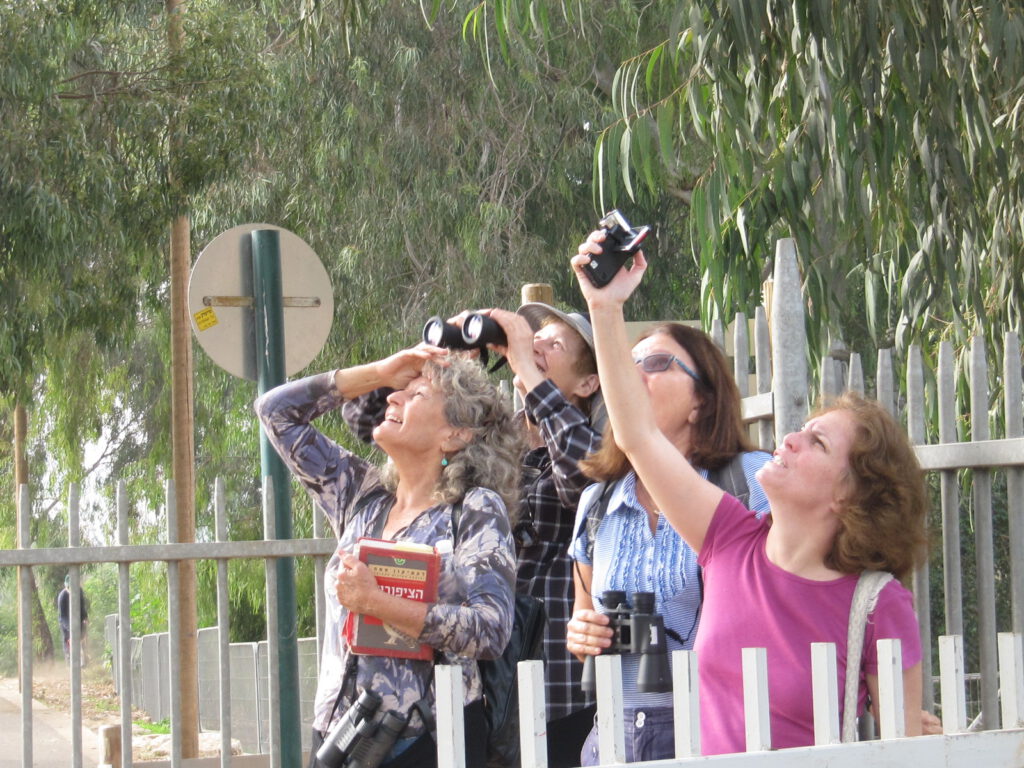Citizen science is a relatively new field that has seen significant grown in recent years, thanks to technological tools that make public participation easy and accessible, while also facilitating direct contact with research teams. This growth is also driven by the recognition of the valuable contributions public involvement brings—to science, to society, and to participants themselves. Worldwide, thousands of citizen science projects span diverse fields, including astronomy, medicine, climate studies, the humanities, and especially biodiversity and environmental monitoring.
Here's How to Get Involved in Citizen Science
There are multiple ways to get involved in citizen science. The most common methods involve submitting observations—whether as part of organized projects and initiatives or independently, by recording random sightings of various plant and animal species. Learn more about this topic here.
